Home>Garden Essentials>When To Plant Grass Seed In Illinois
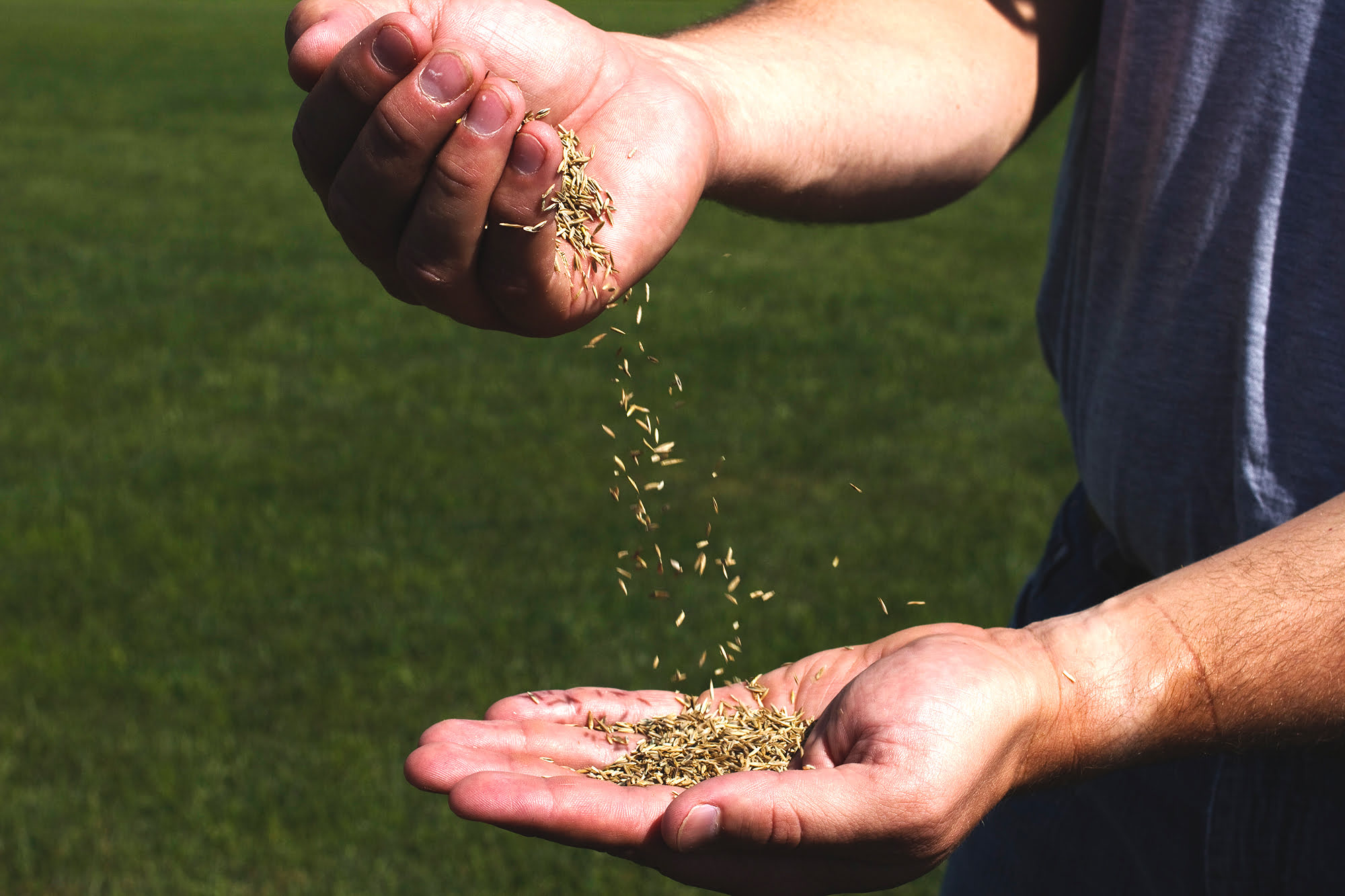

Garden Essentials
When To Plant Grass Seed In Illinois
Modified: October 19, 2024
Looking to create a garden in Illinois? Discover the best time to plant grass seed and get your garden project off to a great start!
(Many of the links in this article redirect to a specific reviewed product. Your purchase of these products through affiliate links helps to generate commission for Storables.com, at no extra cost. Learn more)
Introduction
Welcome to the beautiful state of Illinois, where lush green gardens and well-manicured lawns are a common sight. Whether you’re a seasoned gardener or just starting your journey into the world of gardening, understanding the best time to plant grass seed is crucial for a successful and thriving lawn. In this article, we will explore the optimal planting windows for grass seed in Illinois and provide helpful tips to ensure your lawn flourishes throughout the year.
Illinois, located in the Midwest region of the United States, experiences a diverse range of climates. The state is known for its hot and humid summers, followed by cold and snowy winters. The climatic variations throughout the year play a significant role in determining the ideal time for planting grass seed.
Before diving into the specific planting schedules, it’s important to select the right type of grass seed for your lawn. Different varieties of grass thrive in different climates, soil types, and shade conditions. Consulting with local garden centers or lawn care professionals can help you identify the best grass seed varieties that are well-adapted to the Illinois climate.
Once you have selected the appropriate grass seed, preparing the soil becomes the next important step. Proper soil preparation ensures good seed-to-soil contact and provides an ideal environment for seed germination and root development.
Spring and fall are the two primary seasons for planting grass seed in Illinois. Both seasons offer favorable temperatures and moisture levels that promote seed germination and establishment. Let’s dive into the specifics of each season and the key considerations for successful grass seed planting.
Disclaimer: It’s important to note that specific planting times can vary slightly depending on the region within Illinois. It’s always beneficial to consult with local garden experts or extension offices for personalized recommendations based on your location.
Key Takeaways:
- Plant grass seed in Illinois during spring or fall for optimal growth. Choose the right grass seed based on climate, light, soil, and intended use. Prepare soil, water, and care for successful lawn establishment.
- Maintain established grass in Illinois by mowing, watering, fertilizing, and addressing pests. Regular inspections and seasonal care ensure a healthy, vibrant lawn year-round. Consult local experts for personalized guidance.
Understanding the Climate in Illinois
When it comes to gardening and planting grass seed, understanding the climate of your region is essential. Illinois experiences a diverse range of weather patterns, thanks to its location in the Midwest. The state generally has a humid continental climate, characterized by hot summers and cold winters. However, there are variations across different regions within Illinois.
Summers in Illinois are often hot and humid, with temperatures reaching into the 90s (°F) and high levels of humidity. This combination of heat and moisture can be favorable for the growth of warm-season grasses such as Bermuda grass or Zoysia grass. These grasses thrive in the heat and can withstand periods of drought.
On the other hand, winters in Illinois are typically cold, with temperatures dropping below freezing and snowfall being common. These harsh conditions make it challenging for warm-season grasses to survive. Instead, cool-season grasses like Kentucky bluegrass, perennial ryegrass, and tall fescue are better suited for the winter climate in Illinois.
It’s important to choose grass seed varieties that can withstand the temperature extremes experienced in the state. By selecting the right type of grass that is well-adapted to the Illinois climate, you can ensure a healthy and thriving lawn throughout the year.
In addition to temperature variations, Illinois also experiences different levels of precipitation across the state. The southern part of Illinois generally receives more rainfall compared to the northern regions. This discrepancy in precipitation levels should be taken into account when planning your lawn care and irrigation schedule.
By understanding the climate and microclimates within Illinois, you can make informed decisions when selecting the appropriate grass seed for your specific region. Taking into consideration the temperature extremes and precipitation patterns will significantly contribute to the success and longevity of your lawn.
Now that we have a better understanding of the climate in Illinois, let’s explore the process of selecting the right grass seed for your lawn.
Selecting the Right Grass Seed
Choosing the right grass seed for your lawn is crucial for a healthy and thriving lawn in Illinois. With the diverse climate and soil conditions in the state, it’s essential to select grass varieties that are well-suited to the specific characteristics of your lawn.
Before purchasing grass seed, consider the following factors:
- Climate: Determine whether your region in Illinois has a warm-season or cool-season climate. Warm-season grasses such as Bermuda grass and Zoysia grass thrive in the hot and humid summers of Illinois, while cool-season grasses like Kentucky bluegrass, perennial ryegrass, and tall fescue are better suited for the cold winters. Choosing grass seed that matches the climate will ensure optimal growth and resilience.
- Light Conditions: Assess the amount of sunlight your lawn receives throughout the day. Some grass varieties, like Kentucky bluegrass, require full sun exposure, while others, like fine fescue, can tolerate shade. Select grass seed that matches the light conditions in your yard for the best results.
- Soil Type: Consider the type of soil in your lawn. Illinois has a variety of soil types, including clay, loam, and sandy soils. Different grass species have different soil preferences. For example, Kentucky bluegrass prefers well-drained soils, while tall fescue is more adaptable to clay soils. Understanding your soil type will help you choose grass seed that thrives in your specific soil conditions.
- Intended Use: Determine the purpose of your lawn. Are you looking for a lawn that can withstand heavy foot traffic and play areas, or do you prioritize an aesthetically pleasing lawn? Some grass varieties, like Kentucky bluegrass and perennial ryegrass, are durable and can handle regular use, while others, like fine fescue, have a more delicate appearance.
Once you have considered these factors, consult with local garden centers or lawn care professionals to identify the most suitable grass seed varieties for your lawn. They can provide valuable insights and recommendations based on your specific needs and geographic location within Illinois.
It’s worth noting that it is common to use a blend of grass seed varieties to maximize the benefits of different characteristics. For example, a blend of Kentucky bluegrass and perennial ryegrass can offer durability and aesthetic appeal.
By selecting the right grass seed for your lawn in Illinois, you are setting the foundation for a lush and thriving lawn. Now that you have chosen the grass seed, it’s time to prepare the soil for planting.
Preparing the Soil for Planting
Before planting grass seed in Illinois, it’s crucial to prepare the soil properly. Creating a strong foundation will help facilitate seed germination and root development, leading to a healthy and vibrant lawn. Here are some steps to follow when preparing your soil:
- Clear the Area: Remove any existing vegetation, such as weeds or old grass, from the area where you plan to plant the new grass seed. Use a rake or a garden tiller to loosen the soil and remove debris.
- Test the Soil: Conduct a soil test to assess its pH level and nutrient content. Soil testing kits are available at garden centers or through local extension offices. The results of the soil test will provide insight into any necessary amendments, such as adjusting pH levels or adding organic matter.
- Amend the Soil (If Needed): Based on the results of the soil test, make any necessary amendments to the soil. For example, if the pH is too low, you may need to add lime to raise it. If the soil lacks nutrients, incorporate organic matter like compost or well-rotted manure to improve fertility. Follow the recommendations provided by the soil test results and ensure proper incorporation of amendments according to the package instructions.
- Level and Grade: Use a rake or garden roller to level the soil and remove any high spots or low spots. A smooth and even surface will ensure uniform seed distribution and proper water drainage.
- Loosen the Soil: Lightly till or rake the soil to loosen it. This will create small pockets for the grass seed to settle into, promoting good seed-to-soil contact and improving germination rates.
- Remove Large Debris: Check for any rocks, sticks, or other large debris in the soil and remove them. These obstacles can hinder seed germination and impede the growth of newly planted grass.
- Water the Soil: Prior to seeding, water the soil lightly to ensure it is evenly moist but not saturated. This will provide a favorable environment for seed germination.
By following these steps, you can create an optimal environment for your new grass seed to thrive. Once the soil is prepared, it’s time to move on to the actual planting process. Spring and fall are the ideal seasons for planting grass seed in Illinois, let’s explore the specifics of each season.
Spring Planting in Illinois
Spring is a wonderful time to plant grass seed in Illinois as the weather starts to warm up and the soil begins to thaw. Here are some key considerations for successful spring planting:
- Timing: The optimal time to start planting grass seed in Illinois is in early to mid-spring, typically around late April through May. This timing allows the grass seed to establish before the hot summer months while benefiting from the warmer soil temperatures for quicker germination.
- Soil Temperature: Soil temperature plays a crucial role in seed germination. For cool-season grasses, the soil temperature should be consistently above 50°F (10°C) for successful germination. Use a soil thermometer to test the temperature before planting. If the soil is too cold, it’s best to wait a little longer before seeding.
- Grass Seed Selection: Choose cool-season grass seed varieties that perform well in the Illinois climate, such as Kentucky bluegrass, perennial ryegrass, or tall fescue. These varieties thrive in cooler temperatures and are well-suited for the spring planting season.
- Seed Distribution: Spread the grass seed evenly over the prepared soil using a seed spreader or by hand. Aim for a seeding rate recommended for the specific grass seed variety. Ensure good seed-to-soil contact by gently raking or lightly tamping the seed into the soil.
- Watering: After seeding, water the area regularly to keep the soil moist. Frequent, light watering is preferred to prevent the soil from drying out or becoming waterlogged. Avoid heavy irrigation that can wash away the seed or cause pooling.
- Seed Germination: With the warmer temperatures and adequate moisture, the grass seed should start to germinate within one to three weeks. Be patient and continue to provide proper watering and care to promote healthy growth.
- Mowing: Once the grass reaches a height of about 3 to 4 inches, it is time to mow. Set the mower height to a higher setting to avoid cutting the grass too short, which can stress the newly establishing seedlings. Gradually lower the mower height over time as the grass becomes more established.
- Fertilization: Apply a slow-release nitrogen fertilizer about six weeks after germination to promote healthy growth. Follow the instructions on the fertilizer package and avoid over-fertilization, as this can burn the grass.
- Weed Control: Keep an eye out for weeds that may compete with the newly planted grass. Use a selective herbicide specifically labeled for use on newly seeded lawns if necessary, following the instructions carefully.
By following these guidelines, you can establish a lush and healthy lawn through spring planting in Illinois. Spring is a time of renewal and growth, and with proper care and maintenance, your new grass seed will flourish. If spring planting is not an option or if you miss the window, fall planting is another excellent choice for establishing a resilient lawn in Illinois.
The best time to plant grass seed in Illinois is in the late summer or early fall, typically between mid-August and mid-September. This allows the seeds to establish before the winter and thrive in the following spring.
Read more: When To Plant Borage Seeds
Fall Planting in Illinois
Fall is often considered the best time to plant grass seed in Illinois. The cooler temperatures, ample rainfall, and reduced weed competition create optimal conditions for seed germination and establishment. Here’s what you need to know about fall planting:
- Timing: The ideal time for fall planting in Illinois is from late August through mid-September. This timeframe allows the grass seed to establish before the cold winter weather sets in while taking advantage of the warm soil temperatures of late summer.
- Soil Temperature: Soil temperature is important for successful seed germination. In the fall, the soil is often warmer than in the spring, providing a favorable environment for cool-season grasses to grow. The soil temperature should be consistently above 50°F (10°C) for optimal germination.
- Grass Seed Selection: Select cool-season grass seed varieties that are well-suited for the Illinois climate, such as Kentucky bluegrass, perennial ryegrass, or tall fescue. These varieties thrive in cooler temperatures and establish well during the fall season.
- Seed Distribution: Evenly distribute the grass seed over the prepared soil using a seed spreader or by hand. Aim for a recommended seeding rate specific to the grass seed variety. Lightly rake the surface to ensure good seed-to-soil contact. This promotes germination and helps prevent the seed from being washed away during rainfall.
- Watering: Water the newly seeded area immediately after planting to moisten the soil. Continue to water regularly, keeping the soil consistently moist but not waterlogged. Fall typically provides adequate rainfall, but supplement with irrigation if needed.
- Seed Germination: With the cooler temperatures and adequate moisture, grass seed germination should occur within one to three weeks. Monitor the soil moisture levels and make adjustments to your watering routine as necessary to support healthy growth.
- Mowing and Leaf Removal: Once the new grass reaches a height of about 3 to 4 inches, it’s time for the first mowing. Set the mower height to a higher setting and gradually reduce it over time. Remove fallen leaves promptly to prevent suffocating the newly sprouted seedlings.
- Fertilization: Apply a slow-release nitrogen fertilizer during the fall to promote root development and overall grass health. Follow the instructions on the fertilizer package and avoid over-application.
- Weed Control: Monitor the area for any weed growth and address it promptly. Applying a pre-emergent herbicide in early fall can help prevent weed germination and competition with the newly planted grass. Follow the instructions on the herbicide label and use caution to avoid harming the grass seedlings.
Fall planting in Illinois allows ample time for the grass seed to establish a strong, healthy root system before the cold winter weather arrives. The established grass will then be well-prepared to thrive come spring. By following these guidelines, you can achieve a beautiful and resilient lawn through fall planting in Illinois. Whether you choose spring or fall, proper care and maintenance are essential to the long-term success of your lawn.
Watering and Care for Newly Planted Grass Seed
Proper watering and care are crucial for the success of newly planted grass seed in Illinois. Watering appropriately and providing adequate care will promote seed germination, root development, and the overall health of your lawn. Here are some essential tips to follow:
- Watering: Water the newly planted grass seed immediately after planting to ensure the soil is evenly moist. Continue to water the area regularly, keeping the soil consistently damp but not soaked. Frequent, light watering is preferred over heavy irrigation, which can cause pooling or wash away the seed.
- Monitor Soil Moisture: Check the soil moisture levels regularly by digging a small hole in the seeded area. The soil should feel damp but not overly saturated. Adjust your watering schedule as needed to maintain optimal moisture levels throughout the germination and establishment period.
- Early Morning Watering: Water your newly planted grass seed in the early morning hours. This allows time for the foliage to dry before evening, reducing the risk of disease development. Avoid watering in the late evening, as prolonged moisture can create a favorable environment for fungal growth.
- Overseed Bare Spots: After the initial seeding, inspect the area for any bare spots or areas with poor germination. Overseed these spots by applying additional grass seed and gently raking it into the soil. This helps fill in any gaps and ensures full coverage.
- Avoid Foot Traffic: Minimize foot traffic on newly planted areas to avoid compacting the soil and damaging the delicate seedlings. Restrict access to the seeded areas until the grass has established sturdy growth.
- Be Mindful of Pets: If you have pets, take precautions to prevent them from disturbing the newly planted grass seed. Consider fencing off the area or supervising your pets to prevent digging or urinating on the newly seeded lawn.
- Mowing: Once the grass reaches a height of about 3 to 4 inches, it’s time for the first mowing. Set the mower height to a higher setting and gradually lower it over time. Avoid cutting the grass too short, as this can stress the newly established seedlings.
- Fertilization: Wait until the grass seed has germinated and established before applying fertilizer. Typically, apply a slow-release nitrogen fertilizer about six weeks after germination to promote healthy growth. Follow the instructions on the fertilizer package carefully to avoid over-fertilization.
- Weed Control: Keep an eye out for any weed growth in the newly seeded areas. Hand-pull or carefully spot-treat weeds as they appear, ensuring that any herbicides used are safe for use on newly seeded lawns.
- Patience and Consistency: It’s important to be patient and consistent with your watering and care routine. Grass seed can take several weeks to germinate and establish. Maintain a consistent watering schedule and follow the recommended care practices to provide the best conditions for your new grass to thrive.
By following these watering and care guidelines, you can give your newly planted grass seed the best chance for success. Remember that each lawn is unique, so adjusting your care routine based on specific conditions and feedback from the grass will help you achieve a lush and healthy lawn over time.
Maintaining and Caring for Established Grass
Once your grass has established and is growing strong, it’s important to provide ongoing maintenance and care to keep it healthy and vibrant. Regular maintenance will help your lawn withstand the challenges of the Illinois climate and keep it looking beautiful year-round. Here are some essential tips for maintaining and caring for established grass:
- Mowing: Set your mower blades to the appropriate height for your grass species and mow regularly. Avoid cutting more than one-third of the grass blade length at a time to prevent stress and damage. Keep your mower blades sharp to ensure clean cuts and minimize the risk of disease.
- Watering: Water your lawn deeply and infrequently rather than frequent shallow watering. Deep watering encourages the growth of deep roots and helps your grass withstand drought conditions. Water in the early morning to allow the grass to dry before evening and reduce the risk of disease.
- Fertilizing: Apply fertilizer according to the specific needs of your grass species and the recommended schedule. A balanced fertilizer can help provide the necessary nutrients for healthy growth. Follow the instructions on the fertilizer packaging and avoid over-application, as this can harm your grass.
- Aerating: Consider aerating your lawn once a year, especially if the soil becomes compacted. Aeration helps improve soil drainage, reduces thatch buildup, and promotes better nutrient absorption. Use a core aerator or hire a professional to perform this task.
- Weed Control: Regularly inspect your lawn for weeds and utilize appropriate weed control methods. Apply pre-emergent herbicides before weed seeds germinate and use post-emergent herbicides for existing weed problems. Follow the instructions on herbicide packages carefully and avoid overspray onto desirable plants.
- Overseeding and Patching: Over time, thin or bare patches may develop in your lawn. Regular overseeding can help thicken the grass and improve its appearance. Choose grass seed that matches the existing lawn and apply it to the bare areas. Keep these areas consistently moist until the grass seed germinates and establishes.
- Proper Irrigation: Adjust your watering schedule according to seasonal changes and weather conditions. During hot and dry periods, your lawn may require more frequent watering. However, be cautious not to overwater, as this can lead to shallow root growth and fungal problems.
- Pest Control: Monitor your lawn for pests such as grubs, chinch bugs, or armyworms. Early detection and proper pest management techniques will help minimize damage to your grass. Consult with a professional if you’re unsure about addressing a pest issue.
- Regular Lawn Inspections: Take the time to walk your lawn periodically and inspect it for any signs of disease, drainage issues, or other problems. Catching and addressing issues early can prevent them from spreading and causing extensive damage to your lawn.
- Seasonal Care: Adjust your lawn care practices based on the changing seasons. This includes adjusting mowing heights, modifying watering schedules, and applying appropriate fertilizers and treatments based on seasonal needs.
By following these tips for maintaining and caring for your established grass, you will ensure that your lawn remains healthy, lush, and beautiful. Regular maintenance and attention to detail will go a long way in keeping your grass resilient against the challenges of the Illinois climate and achieving a lawn you can be proud of.
Conclusion
Congratulations! You now have a comprehensive understanding of planting and caring for grass seed in Illinois. Whether you choose to plant in the spring or fall, following the proper techniques and guidelines will help you achieve a vibrant and healthy lawn that can withstand the diverse climate of the state.
Remember to consider the unique characteristics of your region within Illinois, such as temperature variations, precipitation levels, and soil types, when selecting the appropriate grass seed for your lawn. Taking the time to prepare the soil properly and providing adequate watering and care will set the foundation for successful seed germination and establishment.
Throughout the process, keep an eye on your lawn, regularly inspecting for weeds, diseases, or other signs of stress. Adjust your maintenance schedule accordingly, and address any issues promptly to prevent them from spreading and causing further damage.
Maintaining a healthy lawn is an ongoing process. Remember to keep up with regular mowing, watering, and fertilizing as recommended for your specific grass species. By following proper maintenance practices and adapting to seasonal changes, you will enjoy a lush and vibrant lawn year-round.
Lastly, don’t forget to reach out to local garden centers, extension offices, or lawn care professionals for personalized guidance based on your location in Illinois. They can provide valuable insights and recommendations specific to your region’s climate and soil conditions.
With the knowledge and information gained from this article, you are well-equipped to transform your lawn into a beautiful oasis that enhances the aesthetics of your property and provides a welcoming space for outdoor activities.
Happy gardening and may your lawn thrive in all seasons!
Now that you've got a handle on planting grass seed in Illinois, why stop there? Once those seeds are safely sown, you'll surely wonder how soon you can enjoy a stroll on your lush new lawn without causing damage. Our next guide specifically addresses this question, offering practical tips on the care required during this critical growth phase. So, keep your gardening momentum up and check out our advice on the post-seeding phase.
Frequently Asked Questions about When To Plant Grass Seed In Illinois
Was this page helpful?
At Storables.com, we guarantee accurate and reliable information. Our content, validated by Expert Board Contributors, is crafted following stringent Editorial Policies. We're committed to providing you with well-researched, expert-backed insights for all your informational needs.
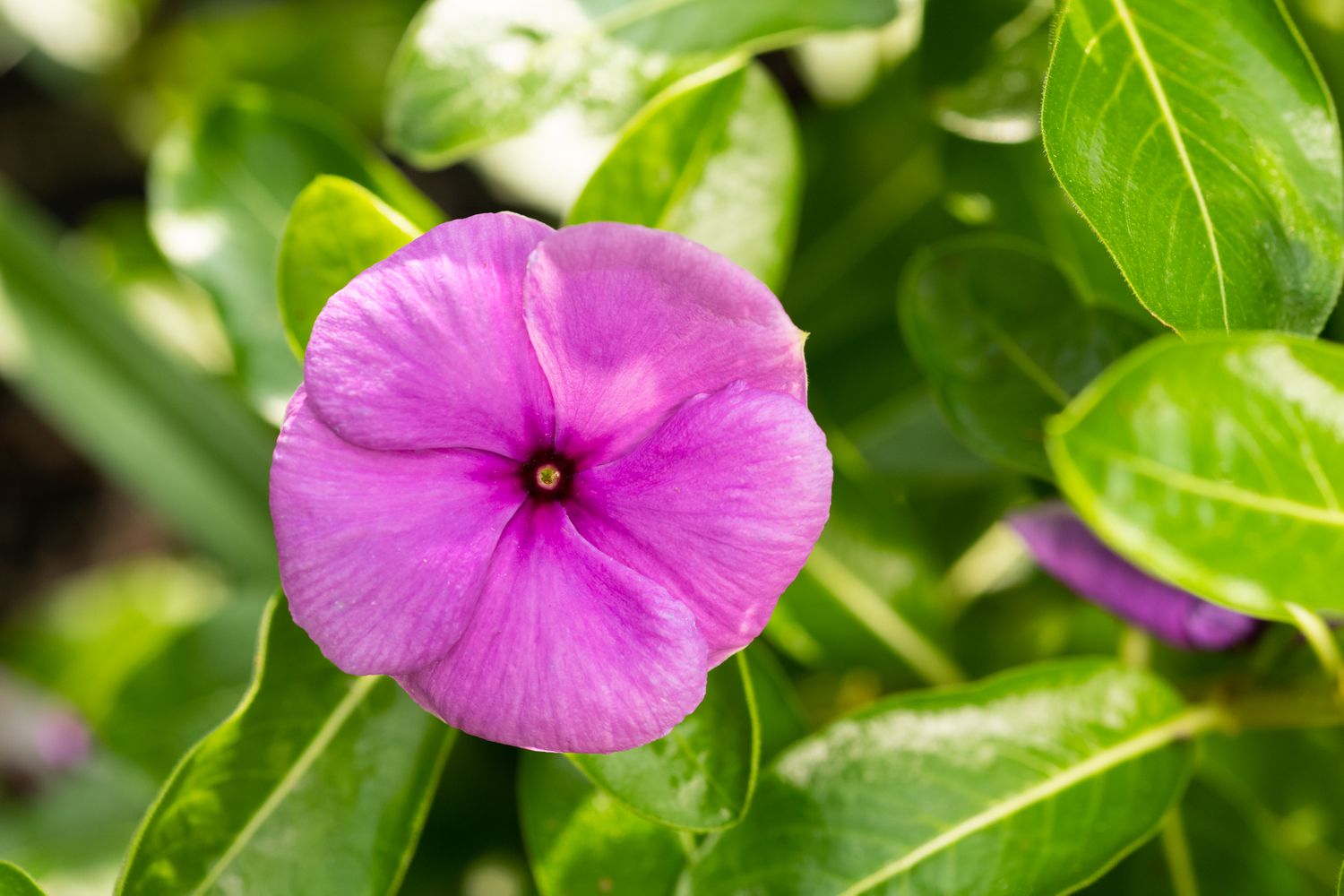
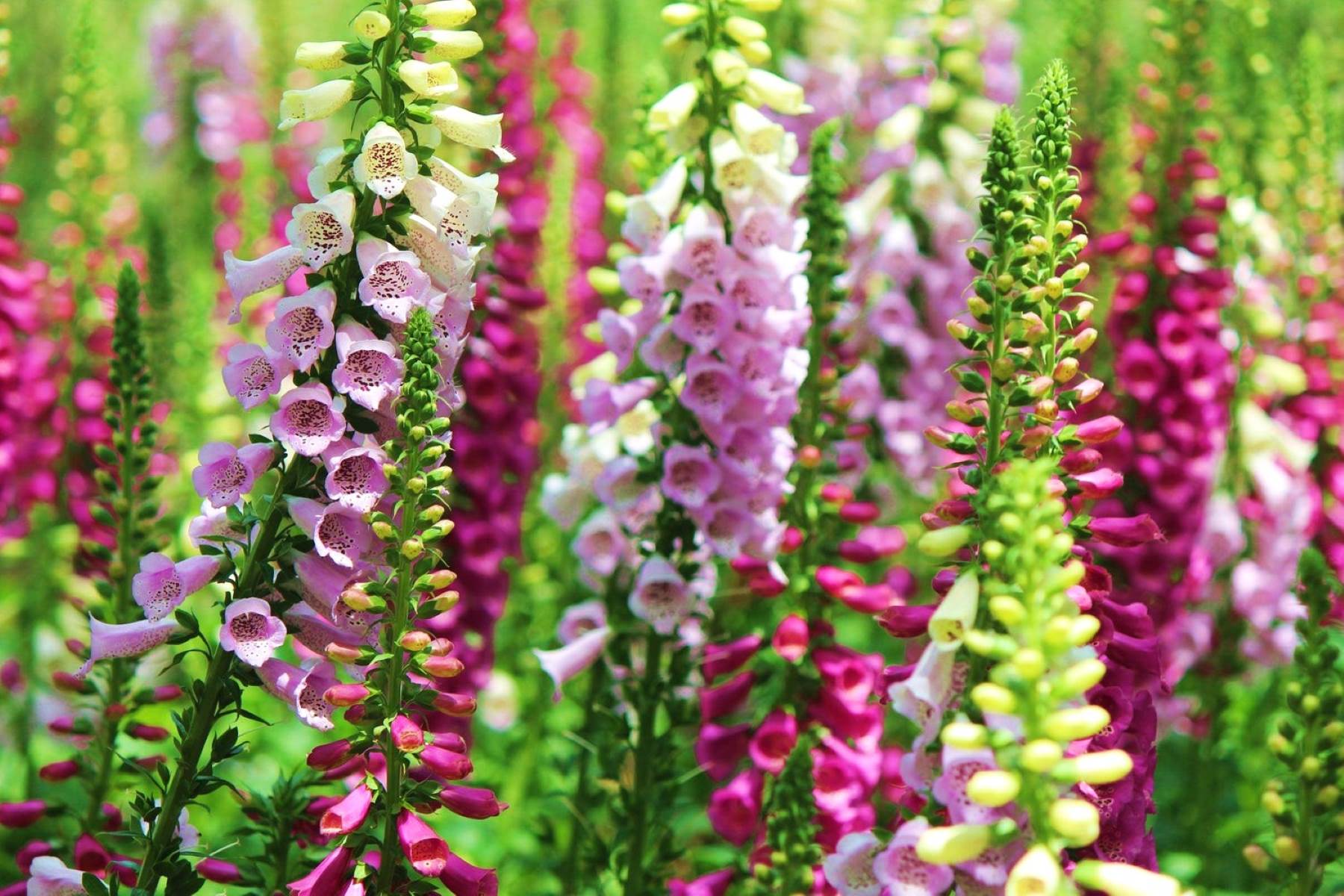
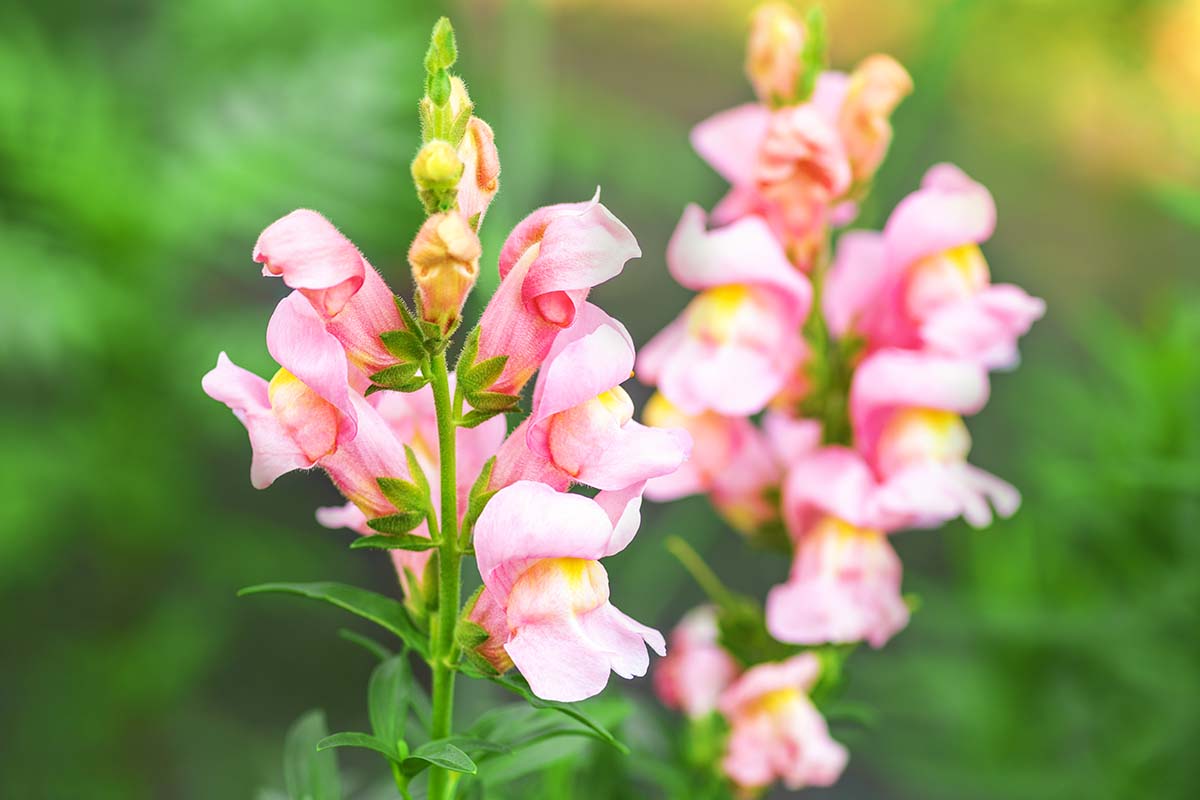
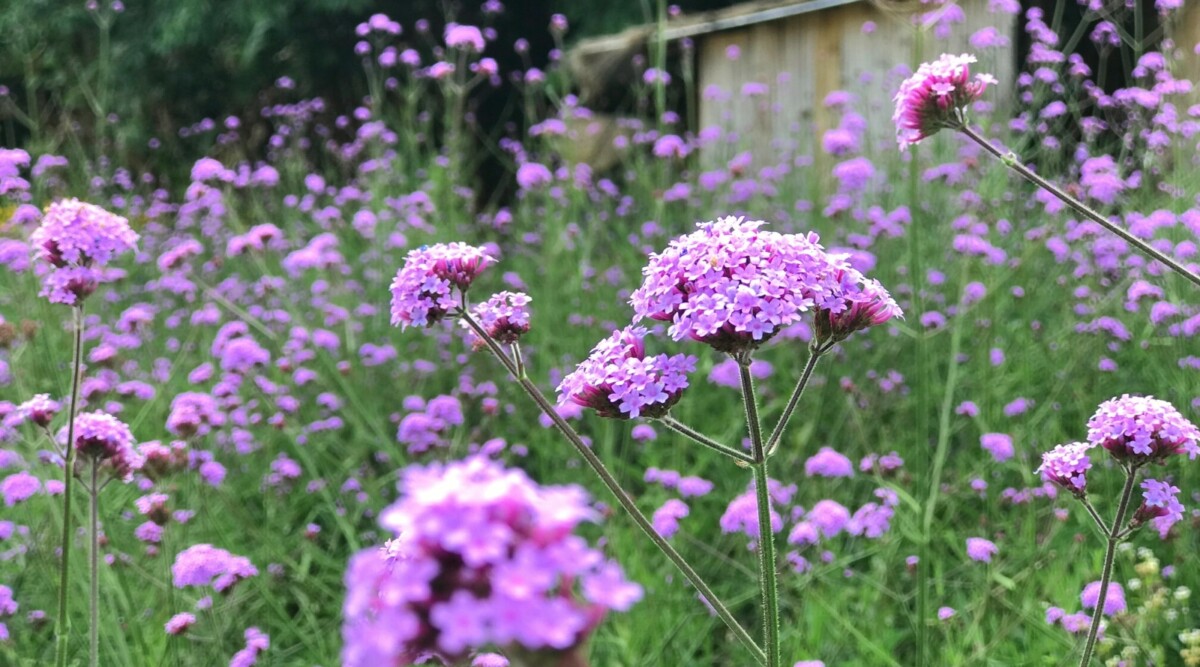

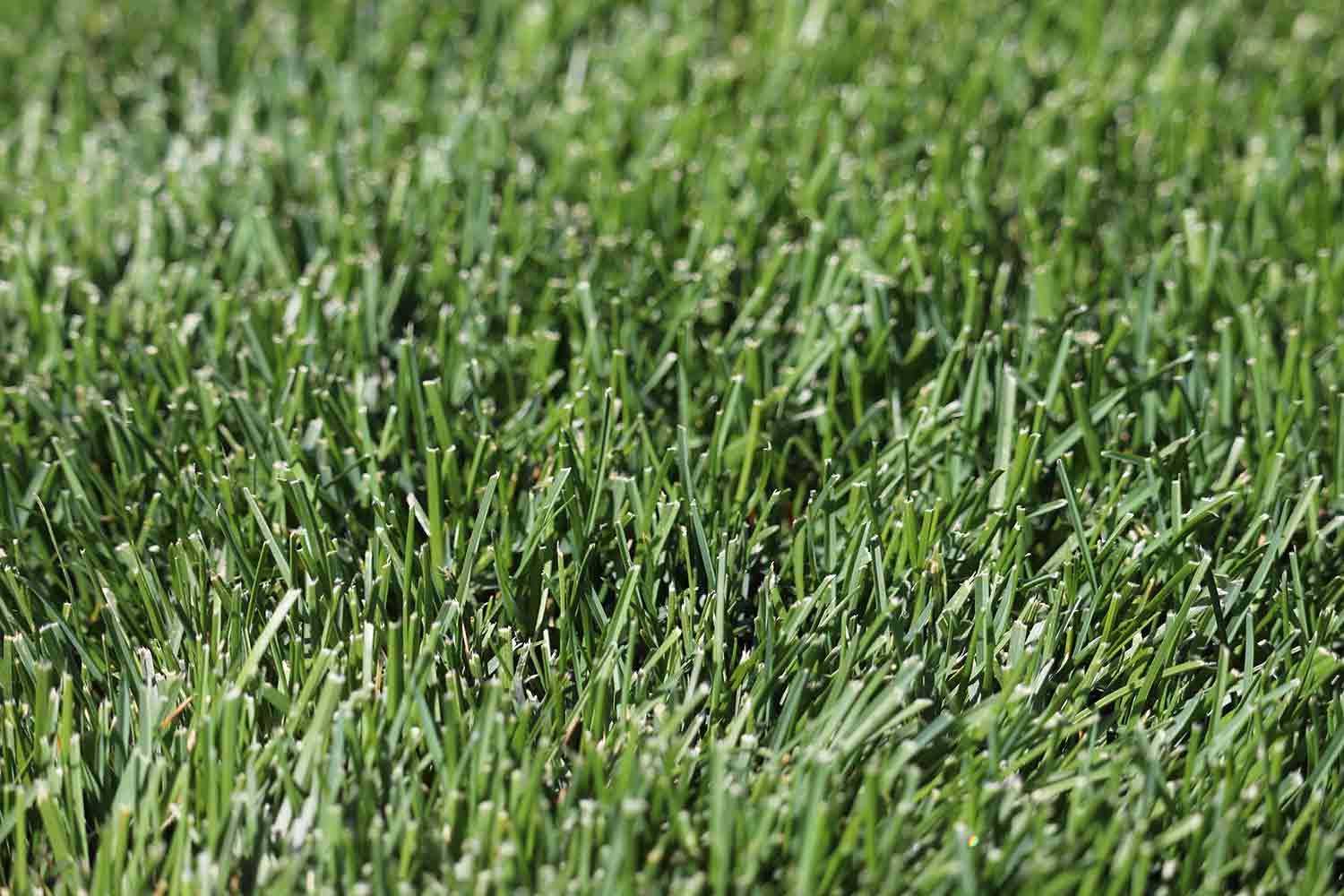









0 thoughts on “When To Plant Grass Seed In Illinois”